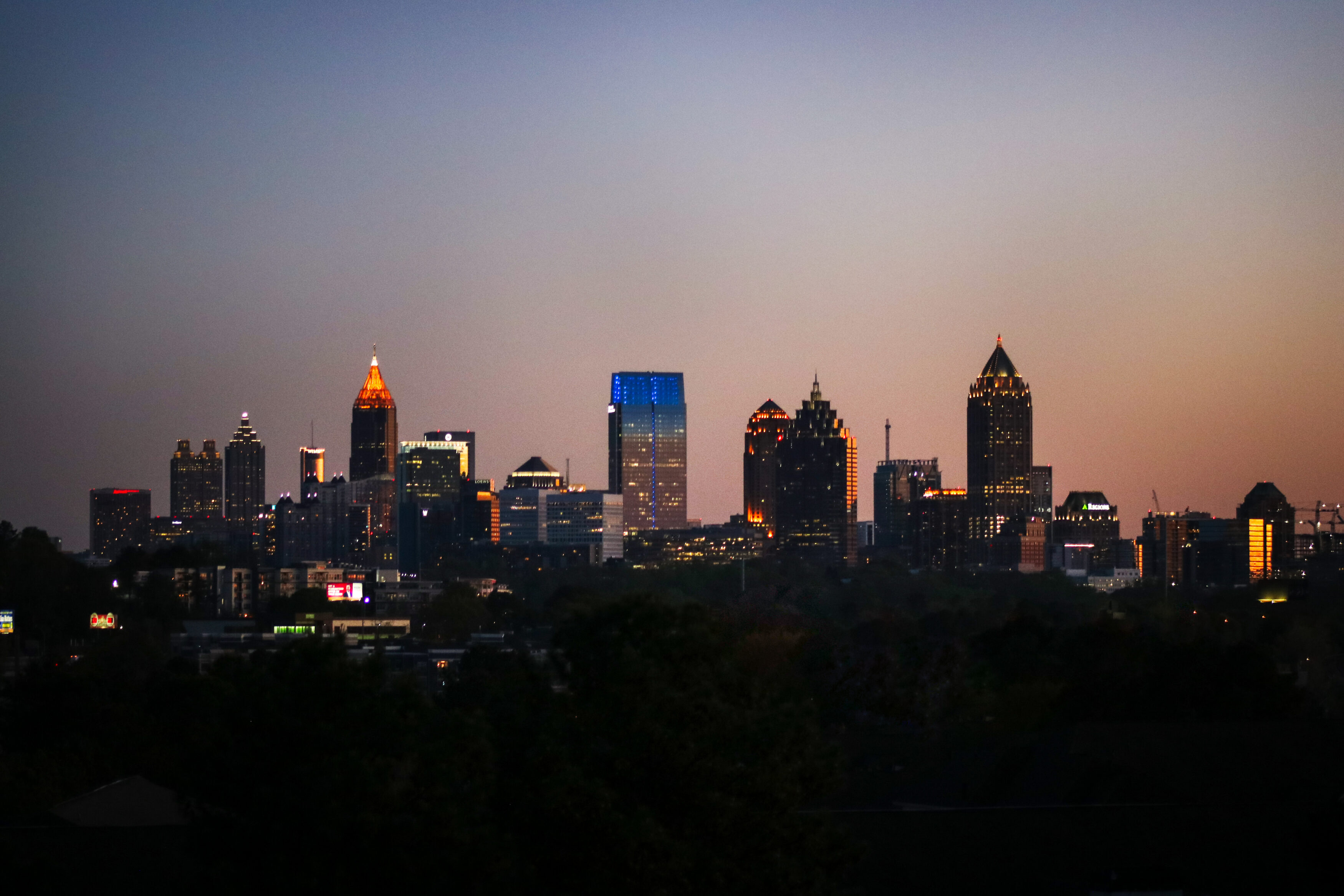
The vast majority of us have experienced school cancellations as kids in the past due to snow or other inclement weather events. We looked forward to those days with a lot of excitement because we didn’t fully grasp the effects of inclement weather and the destruction that would come along with it.
Extreme weather events have always been part of our history and will always be. It has destroyed hundreds of thousands of homes, claimed millions of lives, and displaced millions of people. We haven’t discovered a way to actively combat its impacts. Governments all around the world have focused mainly on temporary solutions. They spend billions of dollars on creating emergency response programs such as the Federal Emergency Management Agency (FEMA) in the United States. It’s undeniable that these national emergency agencies make huge impacts and save millions of lives. However, we are living in an era of increased risks of inclement weather events, which is associated with climate change. According to a 2020 climate change survey by Yale University, 57% of Americans think climate change will not impact them personally. However, FEMA conducted extensive research that shows that “every geographical area in the U.S.—and its critical infrastructure—is at risk from at least one type of extreme weather” (Urbint, 2024).
Returning to our shared experience of school cancellations because of snow or other inclement weather events, it shows that our infrastructure isn’t prepared for extreme weather events. Our climate is evolving quickly due to the impact of global warming and other factors, but our infrastructure hasn’t kept up with those changes. We have seen so many semi-trailer trucks on the West Coast and in northern states lose their balance and flip over the snowy roads. We have seen thousands of Japanese lose their homes on the first day of the new year due to an earthquake, and thousands of Japan’s West Coast residents are still out of power. All of these examples highlight the weaknesses of our infrastructure. Hurricane Katrina and numerous other inclement weather events have shown us that modern infrastructure doesn’t stand a chance against natural disasters. Thousands of people have lost homes and valuable possessions over the past few decades. Many have gone without electricity for a period of time, which jeopardizes their physical health and causes a lot of stress. Many have suffered health issues due to gas leaks in winter. Many have suffered floods due to pipe bursts. All of these examples highlight the dire need for a more inclement weather-resistant infrastructure. According to the Washington Post, some scientists believe that 2024 could be even hotter than 2023 and could see more inclement weather events. The 21st century’s climate is changing rapidly and requires changing modern infrastructure.
